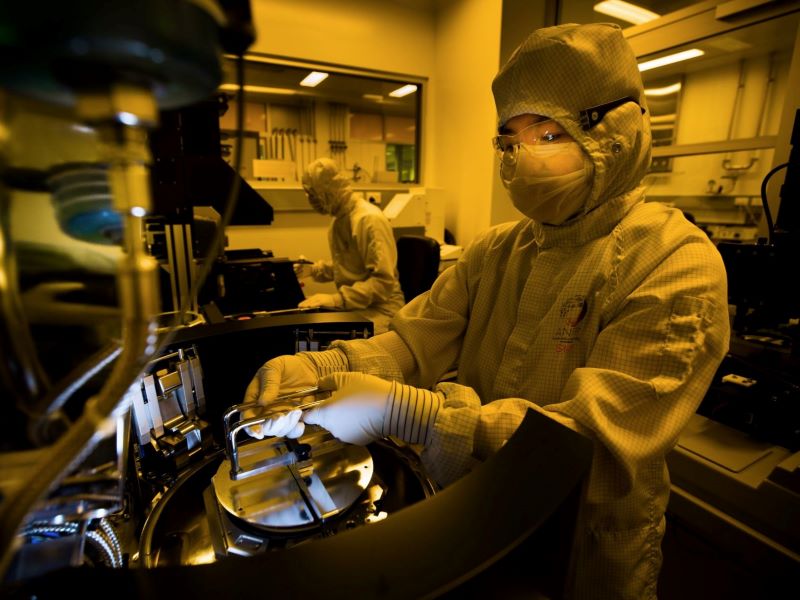Research commercialisation outcomes can be improved by better leveraging publicly-funded research infrastructure to assist early-stage deep tech companies in Australia, rather than putting the squeeze on more fundamental research work, according to the Australian National Fabrication Facility (ANFF).
The ANFF is a federally funded body responsible for about $400 million worth of research infrastructure at 20 facilities around the country. It allows both universities and private industry to access advanced research facilities to develop deep tech such as advanced electronics, photonics micro fluidics.
Its users range from two-person startups to universities to the Department of Defence, and ANFF reports public-private collaborations are improving with several formal partnerships to be announced in the coming months.
The organisation says its model, where researchers and companies can access publicly funded advanced facilities that would otherwise be too expensive, is an increasingly important part of the renewed push to commercialise research in Australia.
“What we end up with is a range of commercial outputs. There’s lots and lots of deep tech technology in the network,” ANFF chief executive Dr Ian Griffiths told InnovationAus.

Dr Griffiths said too often early-stage technology in Australia is lost to a “gauntlet” of capital requirements. They need to convince investors of potential when it is most difficult to demonstrate and then need to develop the technology with costly research and manufacturing.
“You’re burning time and money to get to the point where you’ve really demonstrated the proof of your technology. That’s too high a barrier,” he said.
“To secure that kind of capital for an early stage technology and that kind of operational runway means it’s just too hard.”
The ANFF can be used to bridge the gap between early-stage technology, capital markets and research infrastructure, according to Dr Griffiths, who says the organisation regularly works with universities’ technology offices the private sector to develop commercial opportunities.
“My organisation, I believe, has a unique position in the commercialisation infrastructure in that we can facilitate these early-stage companies to use equipment that would [otherwise] cost five or 10 million [dollars] – capital that would be unavailable to concept stage technologies at earlier technology readiness levels,” Dr Griffiths said.
“What we’ve done is taken an approach…[where] we are in a position to put our arms around these early-stage technologies, and through the use of our equipment advanced them.”
The ANFF also has a commercialisation team to assist with financial models, information memorandums and introductions to capital markets.
The Federal and state governments are pushing to improve the commercial outcomes of Australian research, following the disruptions of the pandemic which have damaged universities’ revenues.
The sector welcomes the renewed focus on commercialisation but has warned it must not come at the expense of fundamental work and too short term a focus could “massively distort” research. Labor has also flagged the move, if done poorly, could be a threat to humanities and social sciences, where translation outcomes often take longer and can be difficult to quantify.
Dr Griffiths agrees fundamental research should not be sacrificed or squeezed in the name of commercialisation outcomes.
“Commercialisation doesn’t happen overnight,” he said.
“So my most preferred outcome is we protect fundamental research but we just get better at doing the commercial stuff, and that will ultimately feed back into the revenue streams of the unis. But we shouldn’t turn the tap off on the fundamental research because ultimately those discoveries and breakthroughs are the things that we will want to be working on commercially in two, three years’ time.”
Do you know more? Contact James Riley via Email.

